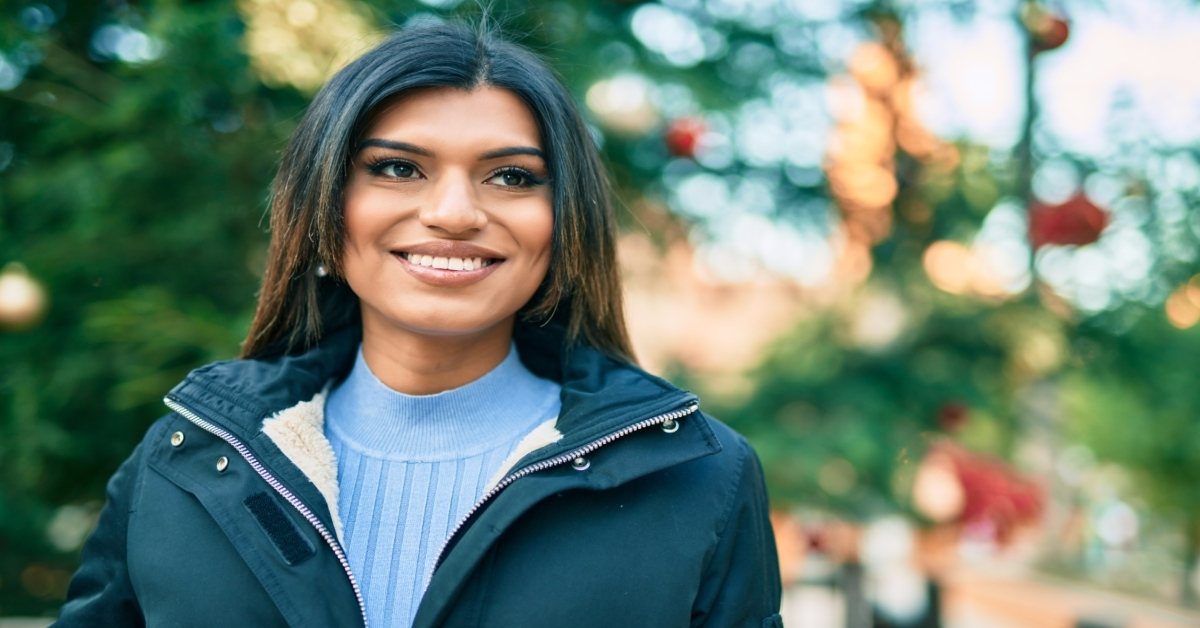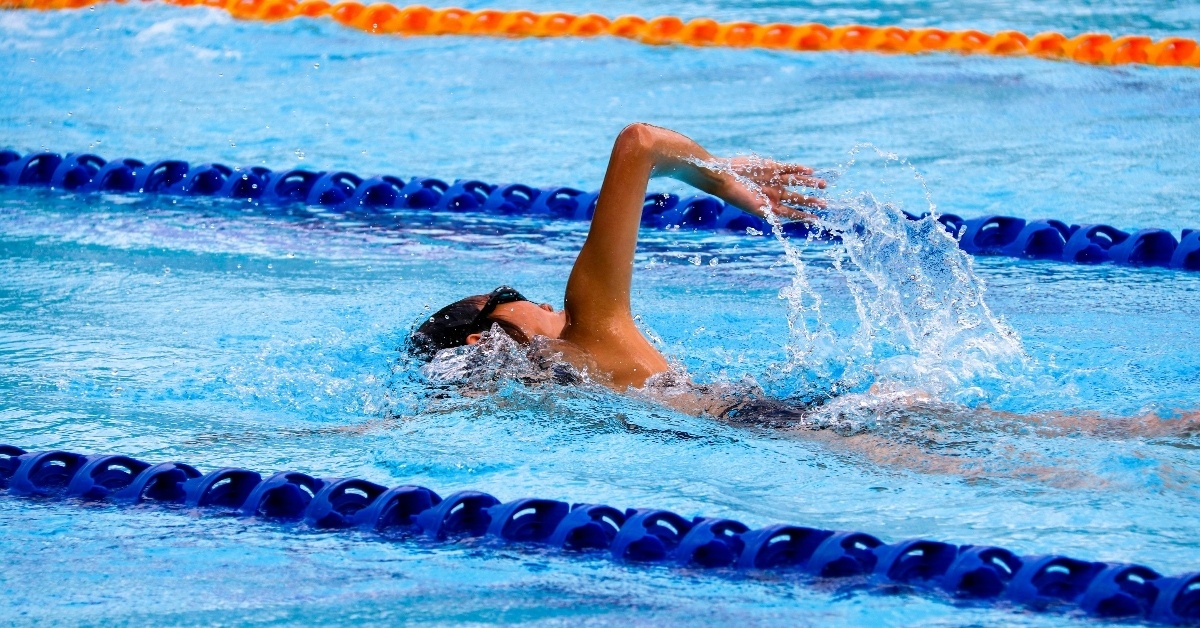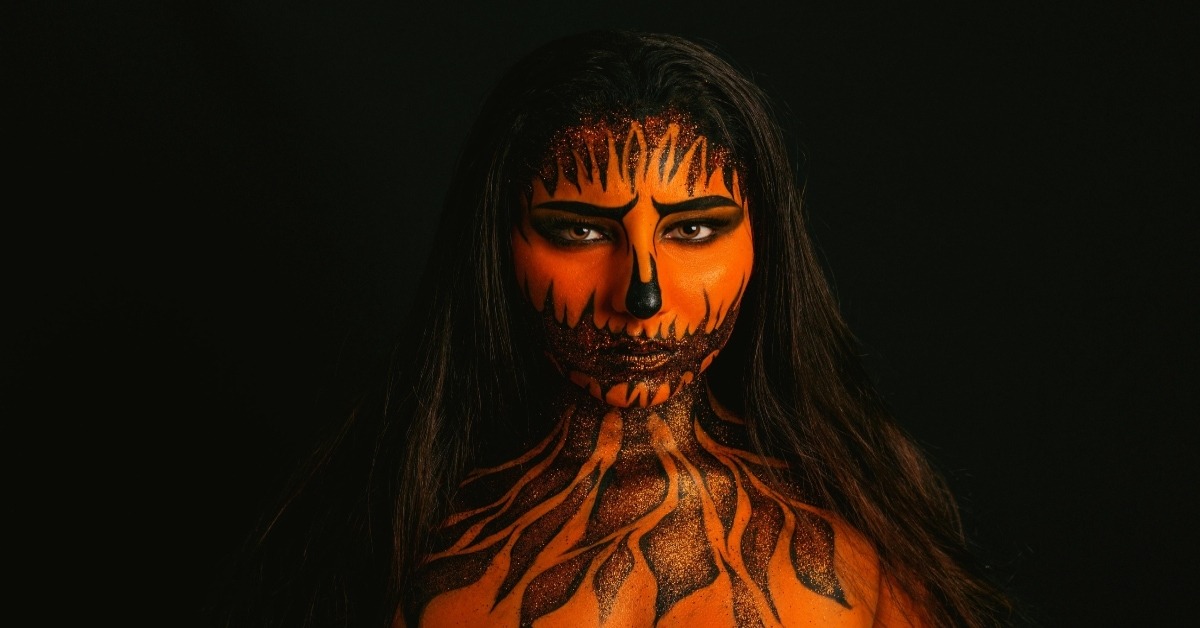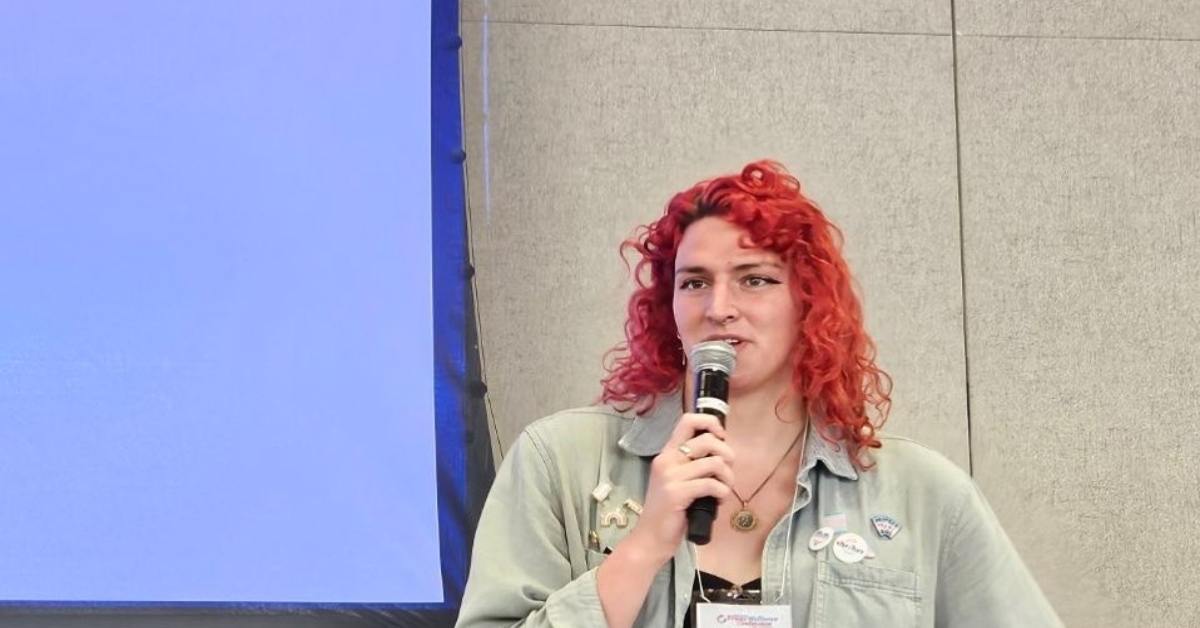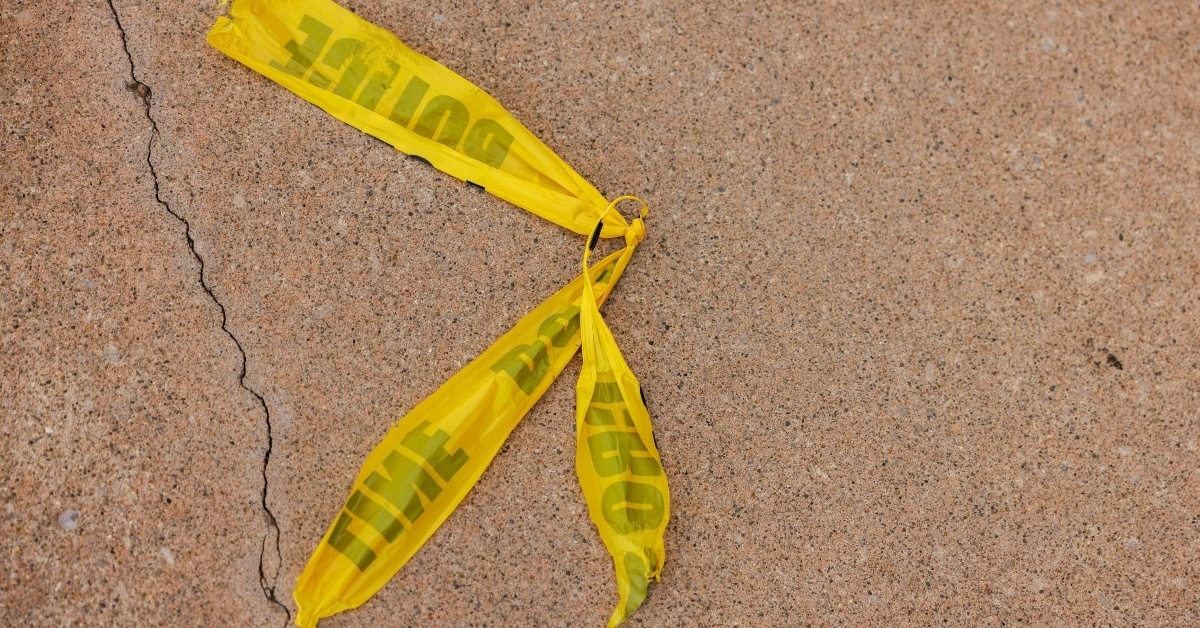BY: Jasmine Franklin
Published 2 months ago
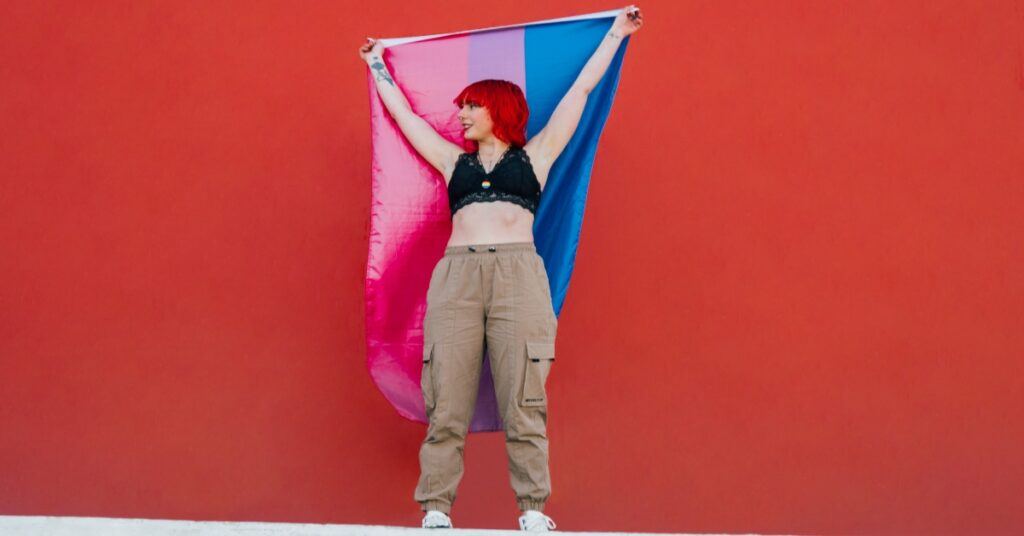
Bisexual+ Awareness Week shines a light on a community often overlooked. Though bisexual and bi+ individuals represent a significant portion of the LGBTQIA+ population, they face erasure and stigma, even within queer spaces. The week draws attention to their experiences, celebrates their identities, and encourages broader understanding and inclusion.
Origins of Bisexual Awareness Week
According to Gay & Lesbian Alliance Against Defamation (GLAAD) and BiNet USA, Bisexual+ Awareness Week was formally created in 2014 by GLAAD and BiNet USA to highlight the experiences and challenges of the bisexual community, including erasure and biphobia. Since then, the observance has expanded to include the full bi+ spectrum, reflecting a broader understanding of sexual fluidity and the diversity of bisexual experiences.
Bisexual+ Awareness Week also responded to gaps in media and society. Television shows and movies often portray bisexual characters as confused or promiscuous rather than fully realized individuals. Advocates pushed back for these stories to receive visibility and respect. Today, Bisexual+ Awareness Week is a yearly reminder that representation matters both on-screen and in everyday life.
When and How to Celebrate
Bisexual+ Awareness Week takes place every year from Sept. 16 to 23, concluding with International Bisexuality Day. Communities, allies, and organizations use this time to educate, celebrate, and support bisexual people. Social media campaigns use hashtags like #BiWeek and #BiVisibility to share personal stories, highlight advocacy efforts, and spotlight artists, writers, and activists.
Individuals can participate in multiple ways. Sharing resources, attending local events, or amplifying voices on social media helps spread awareness and promote change. Showing support does not require grand gestures; simply listening to and validating the experiences of bi+ people makes a difference. Allies can also examine their assumptions and language.
Organizations have a role as well. Hosting panels, posting educational content, or partnering with local LGBTQIA+ groups demonstrates tangible support. Some groups to consider include the Bisexual Resource Center, BiPlus Organizing US, the American Institute of Bisexuality, and the Bisexual Organizing Project. For workplaces, schools, and media platforms, Bisexual+ Awareness Week provides an opportunity to assess inclusivity and ensure that policies and content reflect diverse identities.
The week also highlights creativity and culture. Bi+ artists, musicians, and writers often share their work during this time, offering insights into lived experiences. Their presence counters stereotypes and gives community members a sense of belonging. Celebrating these voices encourages the broader society to see bisexuality as a valid and enduring identity rather than a phase or trend.
Bisexual+ Awareness Week emphasizes both recognition and action. It encourages individuals and institutions to confront biases, amplify the voices of marginalized groups, and foster greater inclusion. Beyond the dates on the calendar, the week serves as a reminder that visibility and support are ongoing efforts. By centering stories that often go unheard, the week creates space for empathy, understanding, and genuine connection across communities.
How do you celebrate or honor bisexual and bi+ experiences during Bisexual+ Awareness Week? Share in the comments below.
